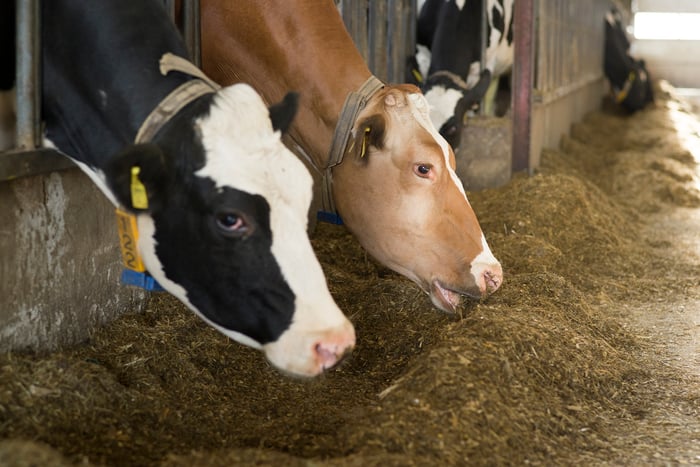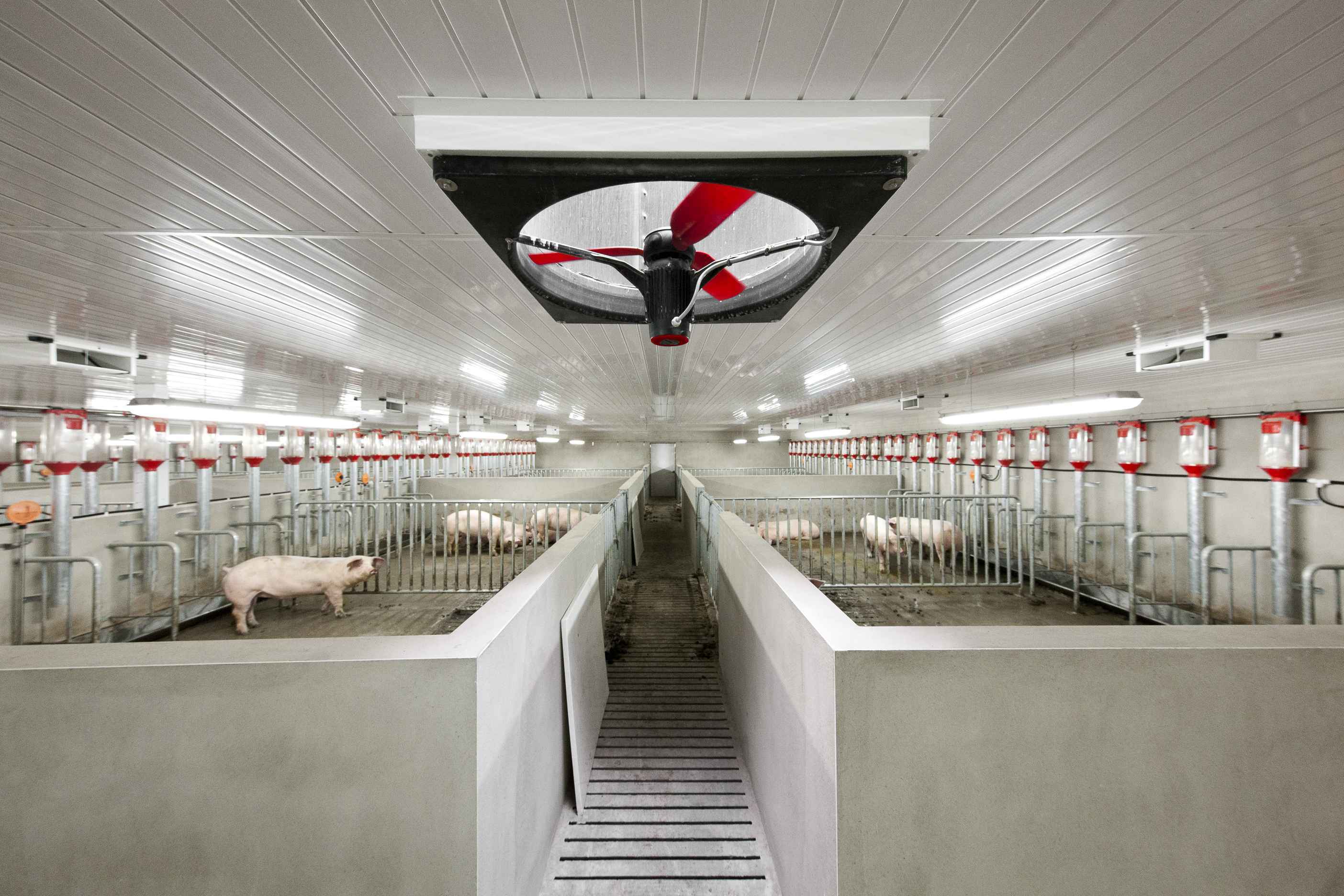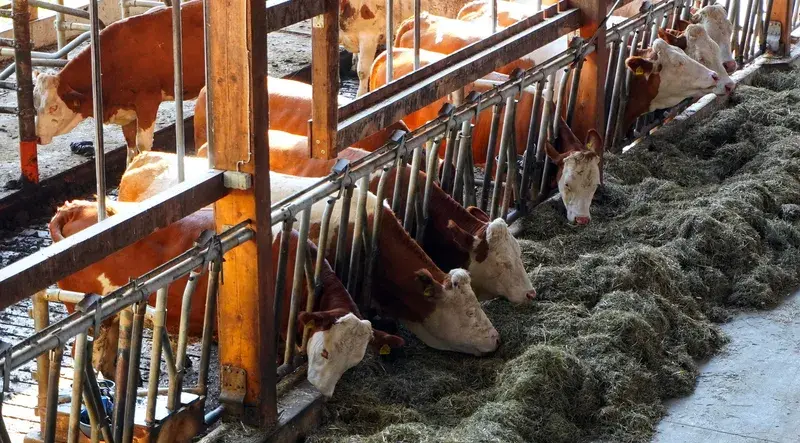Heat stress affects cows in many ways. While visible discomfort can begin at moderate temperatures around 22 degrees Celsius, other, less visible effects may occur at even lower average temperatures. In this article, we explore the various impacts of heat stress based on a research report by the University of Wisconsin.
Understanding Heat Stress with the Temperature Humidity Index (THI)
Heat stress occurs when a cow generates more heat than it can release passively. To determine when heat stress effects occur, researchers use the Temperature Humidity Index (THI), which combines ambient temperature and relative humidity (RH) into a single score. Both high temperatures and high RH can hinder heat dissipation in dairy cows. For example, at 100% RH, no heat can evaporate, meaning heat stress can occur even at lower temperatures.

Effects of Heat Stress on Dairy Cows
Reduced Feed Intake and Milk Yield
Heat stress reduces feed intake and milk yield. Cows sweat, breathe more, and stand for longer periods, disrupting their rest and reducing energy available for milk production. Studies indicate that milk production begins to drop when the THI exceeds 68. For instance:
- At a max THI of 75, a cow may lose 2.5 pounds (1.1L) of milk per day if the THI remains above 68 for 8 hours.
- Reducing exposure to heat stress to 2 hours decreases this loss by 50% to about 1 pound (0.5L).
Additionally, heat stress during the dry period impacts future lactation. A study by the University of Florida showed that heat-stressed cows produced 11 pounds (5L) less milk per day in their next lactation compared to cows that received cooling.
Fertility Issues
Heat stress negatively affects fertility, decreasing successful insemination rates and prolonging the time between calving and conception. This reduces milk production and increases breeding costs.
Lower Calf Birth Weights
Calves born to heat-stressed cows tend to weigh less. Research shows that, on average, these calves weigh 322.8 pounds (146kg) at weaning compared to 340.8 pounds (154kg) for calves from cooled mothers.
Sub-Acute Ruminal Acidosis (SARA)
Heat stress increases the risk of SARA, where excess lactic acid in the cow's rumen disrupts digestion and nutrient absorption. This can cause weight loss, dehydration, and more severe health issues.
Increased Risk of Lameness
Heat-stressed cows tend to stand more to breathe easily and release heat, increasing strain on their legs and hooves. This can lead to lameness or laminitis, particularly in cows already affected by SARA.
Conclusion
The costs of heat stress for dairy farmers can accumulate quickly, including reduced feed efficiency, milk production, and increased veterinary and breeding costs. However, heat stress can be mitigated through measures like improved ventilation and the use of circulation fans to create a cooling effect.
For more detailed insights, refer to the full report by the University of Wisconsin.
Looking for more information? Visit our dedicated heat stress resource page.




